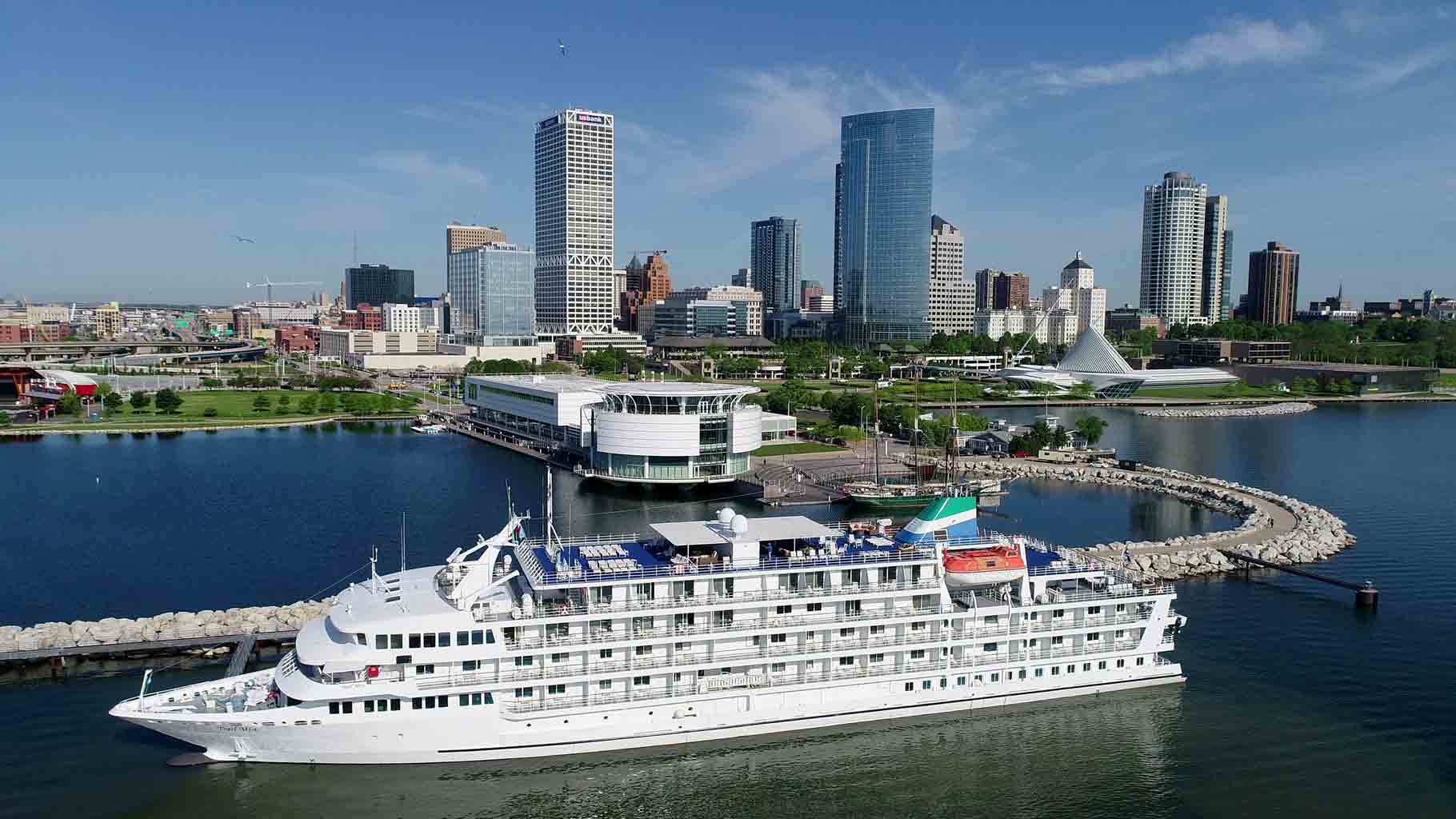
Editor’s Note: This story was edited on April 13, 2020, to correct the start date of Pearl Seas Cruises’ season.
When the coronavirus reached the African continent, it was Egypt that was one of the first victims. The country’s health officials acted quickly to impose World Health Organization recommended guidelines while also shutting down public spaces such as schools and restaurants, imposing an 11-hour curfew and using state media to encourage social distancing.
What Egypt failed to consider among their many precautions is that cruise ships were still traveling up and down the Nile River.
A sudden spike in cases was detected after Gate 1 travel agency’s MS Asara docked in the ancient Egyptian city of Luxor on March 10.
In response, countries around the world have begun imposing restrictions for cruise ships to dock in their ports to slow the spread of COVID-19. Canada, for example, recently imposed a docking ban for any cruise ships or ferries carrying more than 500 people.
The MS Asara has a maximum capacity of 132.
“Just about most of the Great Lakes fleet is under 500 passengers and crew,” said Stephen Burnett, director of the Great Lakes Cruising Coalition. “In theory, that means that they are admissible. However, since then there have been a number of things that have happened.”
Among these, Canadian Prime Minister Justin Trudeau closed off the Canadian border to everyone except Canadian and American citizens, with exceptions made for cargo and medical personnel in an effort to slow the virus’ spread. Provincial premiers have closed off bars, restaurants and public facilities, and similar restrictions have been implemented on the American side.
“We can see that it’s a moving target, and again I can only say that we don’t know what’s going to happen simply because the cruise lines are digesting the maze of information that’s coming at them and trying to figure out what might work, if anything might work,” Burnett said.
Great Lakes cruises have a slight advantage over their larger competitors, as their cruising seasons start much later in the summer. Pearl Seas Cruises, for example, begins their cruising season in late April but only starts visiting Great Lakes ports in late May and early June.
According to their public relations manager, Alexa Paolella, tickets are still being sold for their cruises and no changes to the itinerary have been made at time of writing.
“As of now we are on schedule, but again we have been given a grace period that other lines have not because our cruises don’t begin until late April,” she said. “We’re monitoring the situation and if there are any changes we will announce them certainly.”
More stories about cruise ships from Great Lakes Now:
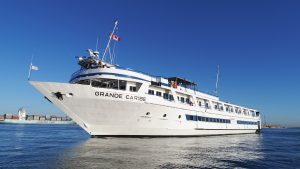
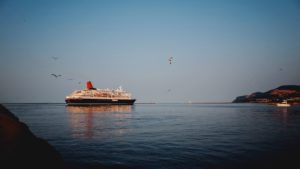
Paolella also noted that Pearl Seas is following protocols and guidelines set by the Cruise Lines International Association, of which they are a member. CLIA is the largest cruise lines trade association and includes some of the biggest companies operating on the seas, including Carnival, Disney, Royal Caribbean and Princess.
On March 13, CLIA issued a press release stating that all of their members have suspended ocean-going cruises leaving “from U.S. ports of call for 30 days” as of March 14.
Bari Golin-Blaugrund, senior director of strategic communications for CLIA, said in an email that all “oceangoing cruise lines have announced a full or partial suspension of 97 percent capacity worldwide, as of Monday (March 16) night.”
Cruise lines operating on the Great Lakes are not oceangoing vessels to begin with, and the voluntary nature of these restrictions means that unless a state or federal ban comes down these cruise ships can continue to operate amid the COVID-19 pandemic.
Ports in the Great Lakes region are equally as uncertain about next steps as the cruise lines are. For now, they’re conducting business as usual as they prepare for the first ships to arrive later in the year.
“We’re working with the Coast Guard right now to go through all the precautions and things like that, here at our docks, if the ships actually arrive,” said Jade Davis, vice president of external affairs at the Port of Cleveland.
“Everything is in a state of flux…nothing is set in stone yet. To be honest with you, the industry is in a lot of flux as well so we’re trying to figure out what that’s going to look like.”
As for the Coast Guard, they too are operating under the assumption that cruising and cargo shipping seasons will continue as normal.
“We plan in advance for these seasons and that planning has already taken place,” said Chief Petty Officer John Masson, a Coast Guard spokesperson. Aiding in this planning are captains of the port, Coast Guard officers assigned to ports throughout the U.S. to work alongside port officials. Their authority is set by federal U.S. statutes.
“They have the authorities and scope that they need to help enforce and support the (Centers for Disease Control and Prevention) guidelines,” Masson said.
Keep up to date with Great Lakes Now’s COVID-19 coverage:

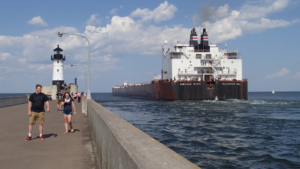
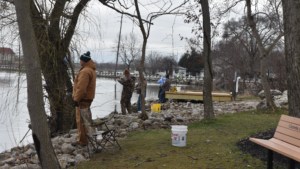
Featured Image: A cruise ship in Milwaukee’s harbor. Photo by Milwaukee Journal Sentinel, Courtesy of Port Milwaukee




